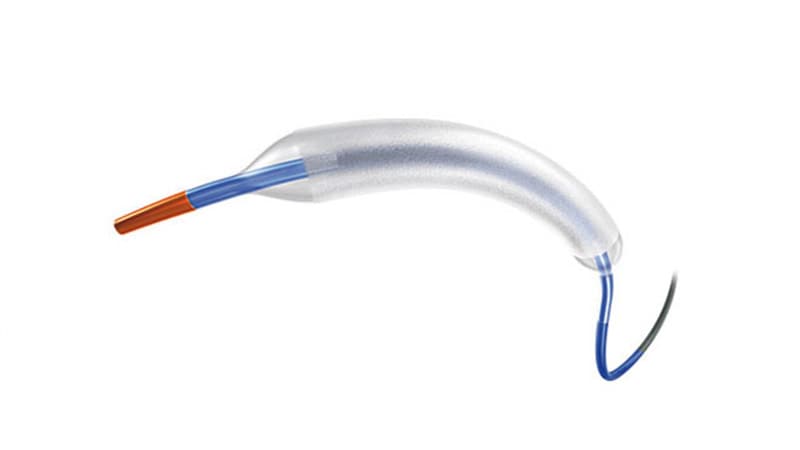Superiority of Drug-Coated Balloon for High-Risk In-Stent Restenosis Treatment
The content discusses the superiority of drug-coated balloons over conventional balloon angioplasty in treating coronary artery in-stent restenosis. The AGENT DCB showed significant reductions in target lesion restenosis and target vessel myocardial infarction compared to conventional methods. The study, AGENT IDE, involved 480 patients and demonstrated a 38% relative risk reduction in target lesion failure at 1 year with the DCB. The DCB also reduced the rate of target lesion revascularization and target vessel MI. The study is expanding to include 600 patients and aims to support FDA approval for the AGENT DCB in the United States.
Samenvatting aanpassen
Herschrijven met AI
Citaten genereren
Bron vertalen
Naar een andere taal
Mindmap genereren
vanuit de broninhoud
Bron bekijken
www.medscape.com
Drug-Coated Balloon Better for High-Risk In-Stent Restenosis
Belangrijkste Inzichten Gedestilleerd Uit
by Daniel M. Ke... om www.medscape.com 11-03-2023
https://www.medscape.com/viewarticle/998082
Diepere vragen
